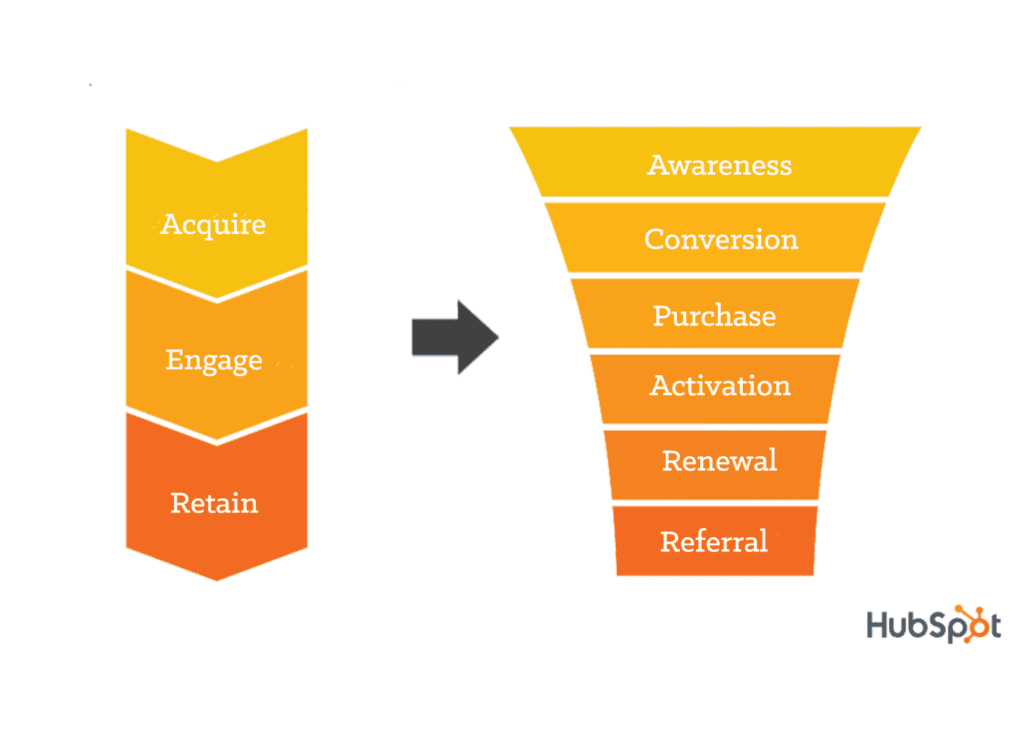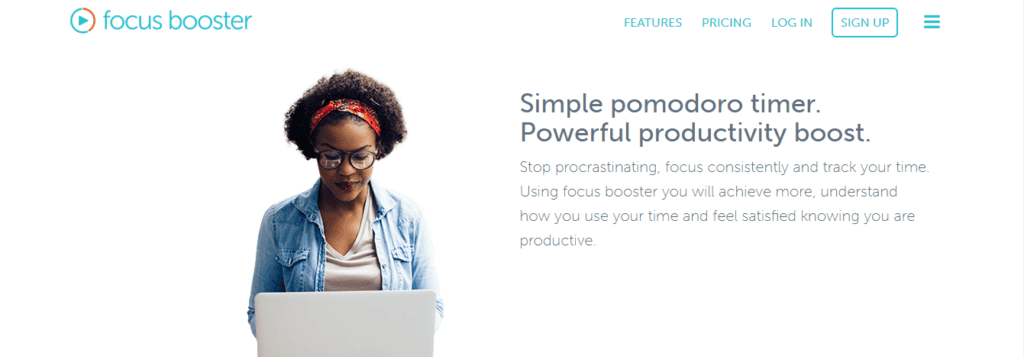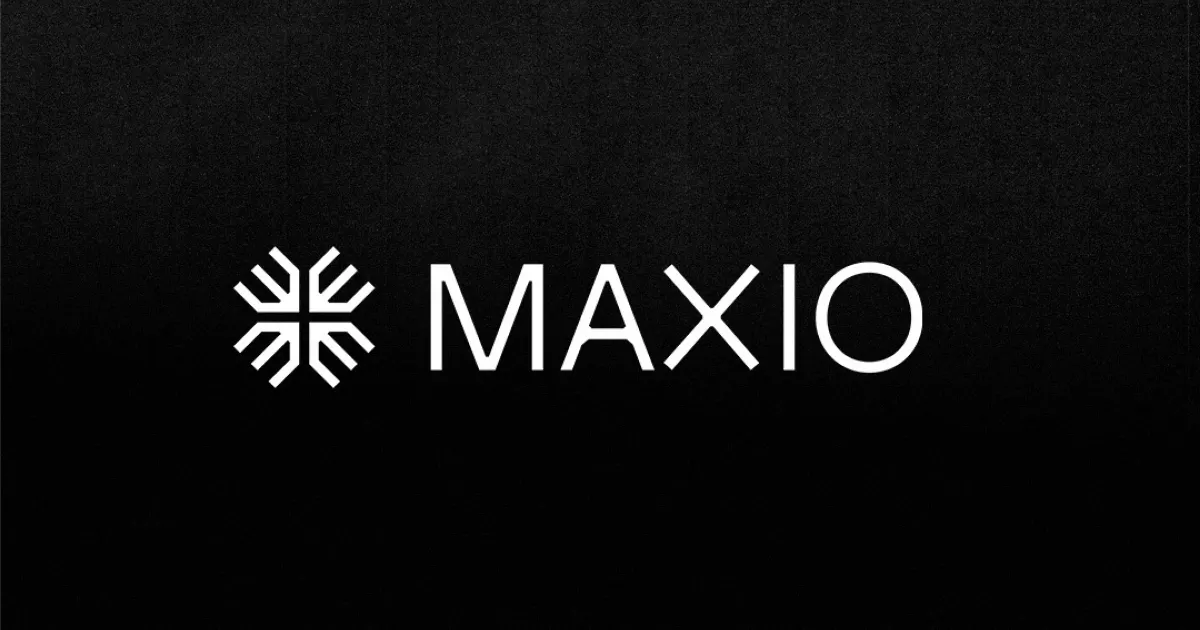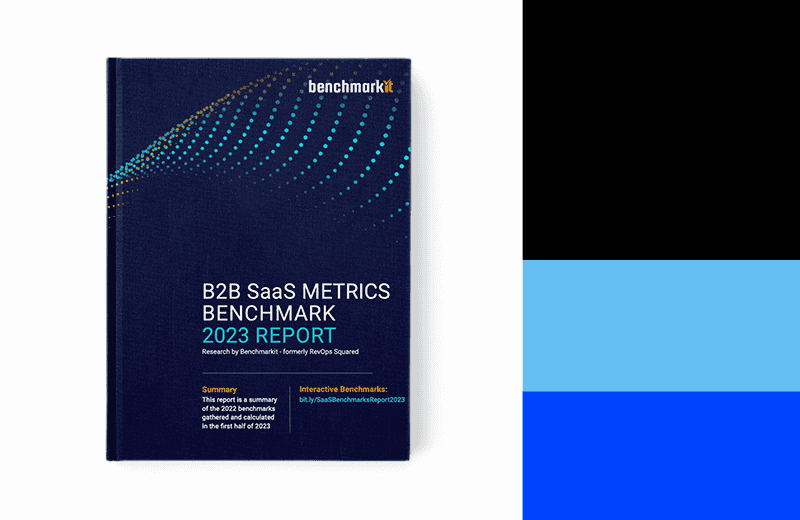Churn is part and parcel of running a SaaS company.
Some customers won’t get enough value out of your product. Some will switch to a competitor. Some will go out of business. It’s unfortunate, but it’s also inevitable.
However, you should do your best to keep churn as low as possible, because otherwise, it can do serious damage to your business.
So, how can you prevent churn from cutting the customer lifecycle short?
What is churn?
Like most complex challenges, it’s important to first understand them at the most basic level. Here’s how Joel York from Chaotic Flow defines customer churn:
“SaaS churn is the percentage rate at which SaaS customers cancel their recurring revenue subscriptions.”
For example, if you had 100 customers at the beginning of the month, and 10 of them left by the end of the month, your churn rate for that month would be 10%.
Of course, the problem is that if you acquired 10 new customers in that month, you would still have only 100 customers at the end of it, stagnating your growth rate at 0%.
This is why churn it’s so deadly. If you let it get high enough, you will find yourself pouring resources into your business, only to find yourself staying in the exact same place — or worse, moving backwards. It’s never pleasant to feel like a hamster on a hamster wheel.
Stages of SaaS customer lifecycle
In her HubSpot article “The 6 Stages of the SaaS Customer Lifecycle” Sophia Bernazzani explains the SaaS customer lifecycle from awareness to purchase to renewal.

View the SaaS customer lifecycle from awareness to purchase to renewal.
A customer can churn at any stage between the conversion and the renewal, thus killing your customer lifecycle. So how can it be prevented?
Combat churn at every stage of the customer lifecycle
You can’t cross your fingers and hope that churn will magically decrease. You need to take proactive measures to prevent your customers from leaving.
After all, you have spent so much time, energy, and money to acquire them that letting them go without a fight would be a disservice to you and your business.
By identifying the six key stages of the customer lifecycle and thinking through how your business can proactively work to engage customers in each of these phases, you can proactively drive loyalty and reduce churn.
Awareness
It’s important to understand that you need to provide a consistent experience throughout the customer’s journey.
This starts with their first exposure to your product. You should set clear expectations and never intentionally mislead your potential customers.
Also, you need to target the right prospects from the get-go. If you put your product in front of the wrong crowd, all you’ll get is customers who churn almost immediately because your product is not suited for their needs.
For example, Laure Roeder from MeetEdgar got her startup off the ground with Facebook ads. She used this service to get her offer in front of the people who would benefit the most from it.
“So we just ran ads to people that like the pages of our main competitors. And the ads were literally just like, there’s a new social media tool out there. Maybe you wanna check it out.
Because that’s really interesting. If you’re a person that uses social media tools, you’re actually super interested in the new ones, and how they might be different than the one you’re already using,” explained Laura in her interview on the Indie Hackers podcast.
Here’s an example of a MeetEdgar ad. Very straightforward. But it works. Why? Because the ad is shown to a targeted subset of people — ones who want to automate their social media use.

What is equally important is that MeetEdgar software actually does exactly what they promise in the ads, which makes customers happy and establishes trust.
So, before you think about any other stage in the customer lifecycle, you need to make sure that you have put your product in front of the right people and are delivering on what you have promised.
Conversion
Once you have managed to catch the attention of a potential customer, you have to persuade them to make the purchase.
This starts with compelling website copy.
You need to clearly explain the benefits of your product and then support that explanation by describing its features.
How will your product make the customer’s life better? This should be immediately clear to anyone who lands on your website.
But great website copy isn’t enough. You have to put effort into selling your product and showing a potential customer why and how this investment will solve their specific needs.
This is especially true for B2B SaaS businesses because people who purchase software on behalf of their company usually have to report and justify their investments to someone higher up the corporate ladder.
That is why you need to provide sales contacts with additional information that will help them become an informed buyer and advocate for your product.
Now, how you do that depends on your budget. You can offer downloadable materials like eBooks or demo videos, you can hold live webinars where you give product demos and answer questions and you can even do personal product demos if it makes sense for your business.
For example, here at Maxio we sell sophisticated subscription billing management software to B2B SaaS businesses. We know that one size doesn’t fit all, which is why we encourage potential customers to reach out to one of our billing experts for a live conversation before they make a decision:
Reinforcing the value of your product at this stage not only helps you convert hot leads into paying customers — it also makes those customers less likely to churn because they have clear and realistic expectations about the features and benefits that your product will provide their business from day one.
Purchase
Onboarding a customer, also known as the first-run experience, is a crucial phase in the customer lifecycle.
According to Patrick McKenzie, 40% – 60% of users who sign up for a free trial of your software or SaaS application will use it once and never come back.
Yes, you read that right. You lose 40% – 60% of your customers immediately after their first run.

Luckily, you can knock this insane number down quite a bit. All you need to do is design your onboarding experience in the right way for your target customers.
And in order to do that, you need to understand the main purpose of the first-run experience — to give the customer a hands-on taste of how your product can improve their day-to-day life.
In his book “The Elements of User Onboarding,” onboarding expert Samuel Hulick uses an ice cream shop metaphor to explain this concept:
“You know how you can go to an ice cream parlor and they let you sample a flavor with a tiny helping from one of those little spoons? That’s exactly what we’re aiming for with this first experience. Simply providing them a small taste of success now will greatly increase the likelihood they go all-in on the triple-scoop later on.”
For example, when Patrick McKenzie ran Bingo Card Creator, his first-run aim was to get a school teacher to print out the cards.
In his article “Designing first run experiences to delight users” he shares how he was ruthless about cutting out everything that did not lead to that outcome:
“Accordingly, everything about the first-run experience is designed to get her a step closer to smelling that ink toner. Anything which distracts her from that is waste; there are configurations and customization options she can make, but she can make those later, she needs to feel awesome right now”
He also analyzed the first-run funnel to identify the biggest leaks and fix them.

“We can observe that there is a small drop-off in funnel completion between Dashboard and Create list (95.9% of users having reached Dashboard will successfully create their word list), but there are significant leaks between “Create list,” “Customize,” and “Schedule print.” This is where I focus my efforts as a UX designer, as it is likely I can achieve big wins there rather than chasing a 95% to 96% improvement,” he explains.
You can improve your onboarding by identifying a quick win that gives the customer a taste of what they can do with your product. Then, design the entire first-run experience around that quick win.
Once that’s done, analyze your sales funnel, identify the biggest drop-off points, and correct them.
Also, if you are selling high-dollar B2B software, you should consider offering assisted onboarding — especially if the set up is complicated.
Ultimately, offering a customized yet simplistic first-run experience will help get your customers hooked on the efficiency gains they realize with your product. Then, they will come back looking for that “triple-scoop.”
Activation
Don’t make the mistake of thinking that your job is done once you have onboarded the customer.
You need to make sure that they actually use your product, which you can do by engaging and educating them.

For example, Focus Booster is a company that sells a productivity app based on the famous Pomodoro technique. (You work for 25 minutes, rest for 5 minutes, which makes one “Pomodoro”, or a work cycle.)
Throughout a free trial, they send customers emails that provide tips on how to make the most out of their app, challenge them to get even more done and remind them of how much work they have already logged.

That way, by the time their free trial ends, the customer is well on their way to becoming an expert Focus Booster user, and they have tangibly seen how much more productive they can be with the app. This experience makes them more likely to purchase it.
You should aim to be this proactive with your own customers. Rather than leaving them on their own, provide them with support documentation and reinforce the benefits they are getting from your software.
Renewal
In his article “Reduce churn by re-engaging customers,” Intercom’s co-founder Des Traynor explains that activity churn is what matters.
“Activity churn is the best indicator of future problems. Typical churn stats use something like account cancellations as a measurement. But cancellation is only ever a trailing indicator, it’s literally the last thing that happens.
Customers don’t make a snap decision to stop using a product unless things have really gone wrong. Typically, customers gradually stop using products, from using it every morning to every week to once a month.”

This means that you can reduce churn by identifying the customers in the danger zone and re-engaging them.
Des advises to personally reach out to these customers and ask for feedback on your app.
“The single best way you can engage customers that are slipping away is by talking with them.”
He also suggests sending these customers updates on the new exciting features that you are working on (UI screenshots and GIFs help here).
Finally, he reminds us that some churn is natural.
“Businesses come and go, as does the demand for your product. When a customer decides to leave, make sure they leave on good terms. If they have legitimate problems with your product, acknowledge them. Don’t delude yourself and fight back. Thank them for their [business] and let them go. The easiest way to screw this up is to continue to spam them months or years into their departure. It does more harm than good.”
Now, you also need to take into consideration involuntary churn, which happens when the customer churns not because they chose to cancel their subscription, but because their payment method failed. (Say, for example, their credit card expired.)
This is why it’s so important to have a sound subscription billing management system in place that automatically notices when a credit card is about to expire and reminds the customer to update their payment details.
When that fails, it’s time for dunning emails, which is something that your subscription billing management provider should help you with.
For example, here at Maxio we have developed effective dunning strategies which our customers can easily implement in their own businesses to reduce involuntary churn.
“At Knobby, we use Maxio’s dunning email workflows to help ensure that past-due accounts are re-engaged and maximum revenue is achieved. It works!” says Rob Rand, managing director at Knobby.
Referral
You want to incentivize happy customers to spread the word. The best way to do that is to establish a generous affiliate program in which the customer gets a commission for each referral.
For example, ConvertKit invested a lot of time and energy into their affiliate program, and it has played a major role in its growth.

ConvertKit is a company that is uniquely positioned to profit from having an affiliate program because its target audience is familiar with affiliate marketing and have audiences of their own.
However, you too can benefit from an affiliate program because it will make your customers more likely to recommend you to their peers, and you will get access to sales that you would not have gotten otherwise.
You can (and should) be proactive about expanding your affiliate program by reaching out to your most successful customers and reminding them about the referral process.
Of course, for this to work, you need to focus heavily on customer satisfaction first — because only happy customers become evangelists.
Conclusion
Growing a SaaS company is hard enough as it is.
But a high churn rate can be a nightmare — one where you stay in the same place no matter how much effort you put into acquiring new customers.
Avoid this stalled growth by implementing these measures to counter churn in all six stages of the customer lifecycle.
Want to learn more about how decreasing churn can accelerate revenue growth? Download our free eBook, “The SaaS Churn Bible,” that covers actionable ways to identify and combat churn throughout the customer lifecycle.



